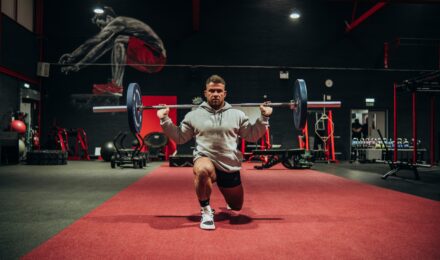
The impact of the pursuit of perfection
Body dysmorphia can take many forms and has devastating impacts, therefore it’s crucial that awareness is raised in the fitness community.
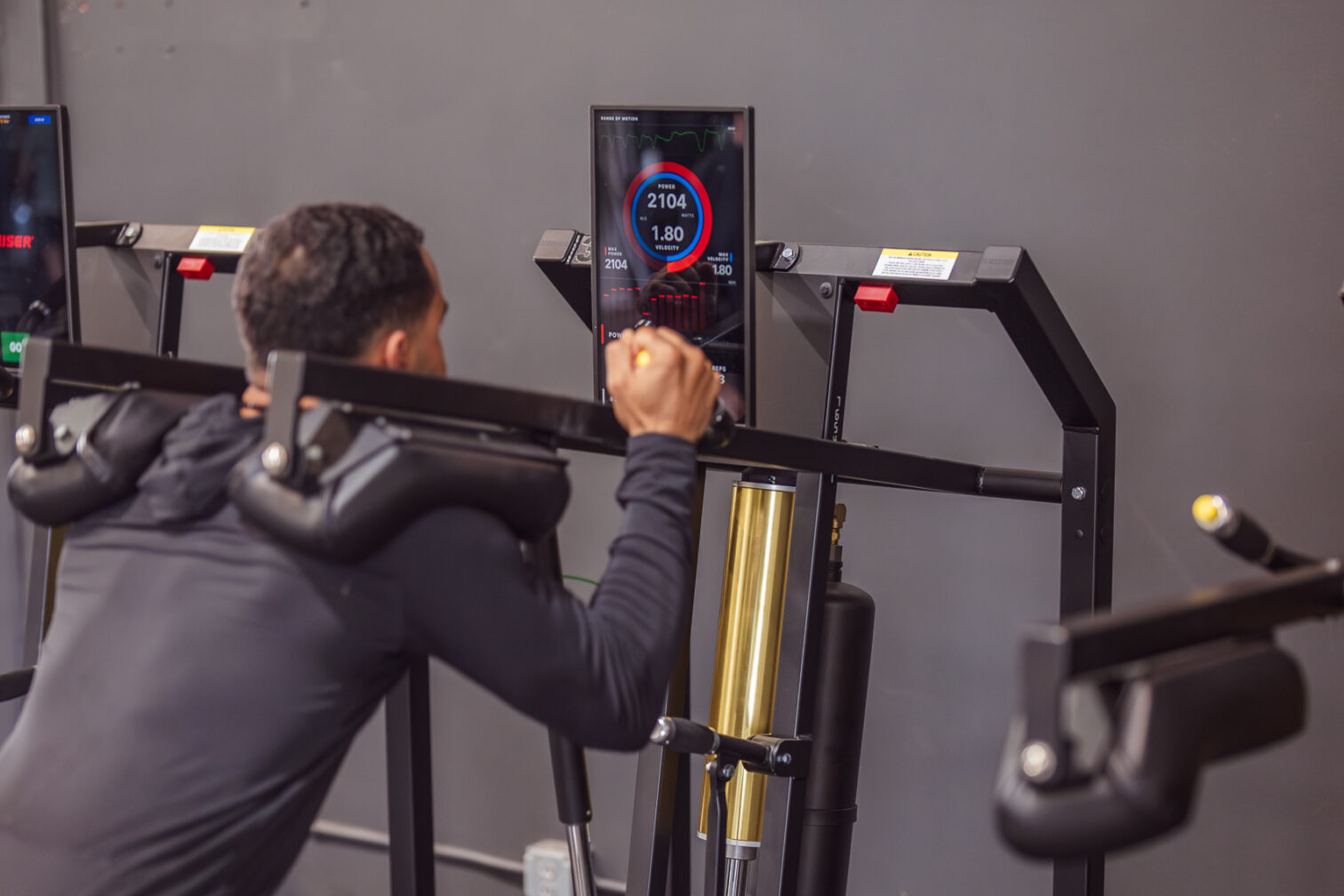
There are those who are satisfied with the status quo, the conventional view, the path of least resistance. They choose to follow rather than take the lead. Their future is predictable and comfortable.
I’m not one of those people. And Keiser is not, and never will be, one of those companies.
Our only interest in the status quo is to challenge it.
Our goals from the beginning have been to:
To do this, we knew we had to be able to move a resistance at very high speeds, and be able to vary that resistance through the entire range of motion to maximize results and minimize injury. We call this Dynamic Variable Resistance.
Variable Resistance is the key to safer and more efficient strength training. It’s based on the fact that, in every exercise, your ability to produce a force varies through the range of motion. At certain points, you’re stronger and at others you’re weaker. Ideally, you want your muscles to work at their maximum potential through every point in the range of motion. To do this, we must apply more resistance where you are stronger and less resistance where you are weaker.
While iron could be used to do this, it was highly impractical at the speeds necessary to achieve the level of performance we were shooting for. It’s the speed that makes it Dynamic Variable Resistance.
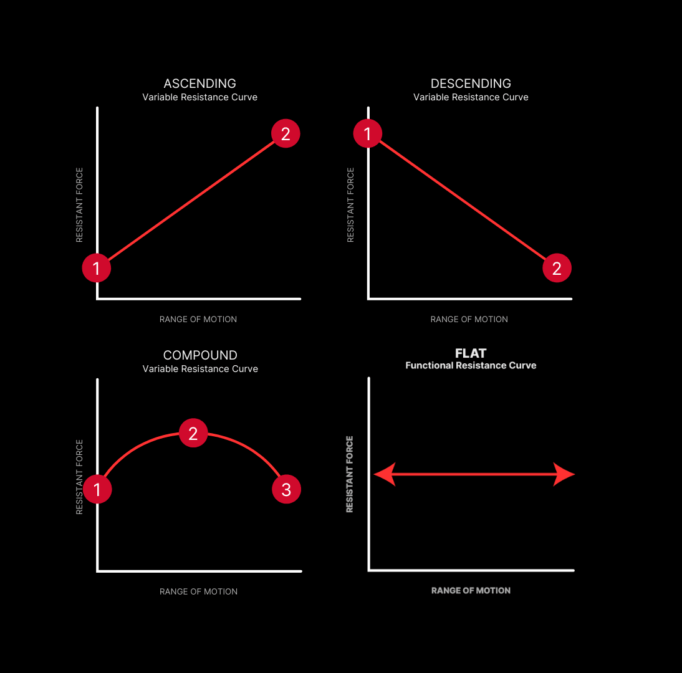

Body dysmorphia can take many forms and has devastating impacts, therefore it’s crucial that awareness is raised in the fitness community.

When you know what to wear to the gym and what to bring, you can come prepared to smash your personal best every time you set foot in a gym.
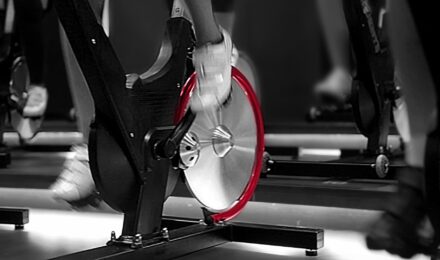
Are you wondering “what is continuous training?”- discover the best example of continuous training equipment and why it’s so crucial to your progress.

Wondering how to bring more attendees to your strength classes? Try using the leg weight machine and cable machine to elevate your strength class.
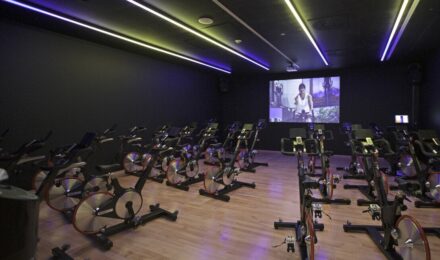
When space is not your facility’s strong suit, this doesn’t need to be a problem for members! Invest in the best compact gym equipment to overcome this.

Has becoming a gym owner been a life goal of yours? We break down how to start a gym and how to open a gym in simple terms. …